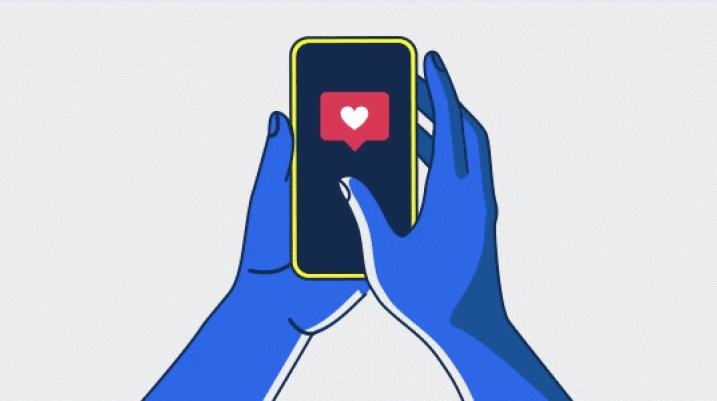Social media is here to stay. Learn how to keep safe online.

No End In Site
Social media has been making headlines, and not in a good way. With TikTok CEO Shou Zi Chew testifying before Congress about the app’s security and a new Utah law limiting minors’ use of social platforms, there’s talk about keeping children safe online everywhere you look.
As social media continues to be an active part in children’s lives, here are some tips for teaching safe practices that you can start using today.
Building Healthy Habits
For people of all ages, building healthy habits for using online platforms sets the foundation for safety.
- Start at the right time. The American Academy of Pediatrics recommends that children under 18 months only use screens for video chatting. As children age, more time can slowly be introduced to their schedule, with consistent limits.
- Put screens away. Phones and tablets don’t belong in the bedroom, at the dinner table, or out during a conversation. Setting these boundaries can help children and teens stay focused on sleeping, family time, or playing with friends.
- Be creative with passing time. When on a road trip or waiting in line, resist the temptation for having children use screens to pass the time. Have them look around, have a conversation, or play a game like ‘I Spy’ instead.
Taming Social Media
Social media is a great way for teens to interact with their friends, express themselves with creative content, and have a fun time with safe trends. Have an open conversation with your children about being mindful.
- Be kind. Whether it’s in the comments or in a video, only say and share things about others that you’d want them to say about you. Mean comments can hurt, even though they’re behind a screen.
- The internet is forever. Once something is posted, it can be saved, reshared, or downloaded. Never send inappropriate pictures or engage in sexual conversations with peers or strangers. If you wouldn’t want it blown up on a billboard, don’t post it.
- Stranger danger applies online too. Profiles should be private and never accept friend or follow requests from people you don’t know.
- Explore the settings. Take the time to familiarize yourself with the safety features and privacy settings on each platform. Features like blocking, deleting comments, and parental controls or supervision can improve safety online.
- As a parent, set an example. When posting on your own social media accounts, think about the photos and videos you’re posting of your family. Don’t post anything that makes them feel embarrassed or uncomfortable.
Teaching Data Responsibility & Privacy
With many online bloggers and influencers sharing detailed information about their lives, it can be confusing for children to understand the importance of data privacy. Talk to them about the importance of keeping their information safe from people who may wish them harm.
- Location sharing OFF. Never share your home address, details about your hometown or school location. Be careful not to post photos that include landmarks like street signs or school names.
- Identity theft is not a joke. Don’t pretend to be someone you’re not and be aware that some people online may be pretending to be someone they’re not.
- Keep it secure. Set secure passwords and add two-factor authentication for an extra layer of security. Passwords shouldn’t be shared with anyone except a parent.
Has social media harmed your child?
Social media has a dark side. Algorithms that push unrealistic and dangerous standards exploit young people’s vulnerabilities. Platforms like Meta (the parent company of Facebook and Instagram) should be held accountable for ignoring the the eating disorders, self-harm, and suicide that have resulted from such content.
If you have a child that extensively used Facebook or Instagram before October 2021 and sought treatment for an eating disorder, attempted suicide, or self-harm, your family may be entitled to compensation.
Injured?
We’re here to help. With over 49 practice areas, Morgan & Morgan is ready to fight for you if you’ve been injured or harmed in an auto accident, by a faulty product, by a negligent corporation, and more.
Injured? Getting the compensation you deserve starts here.

Injured?
Not sure what to do next?
We'll guide you through everything you need to know.